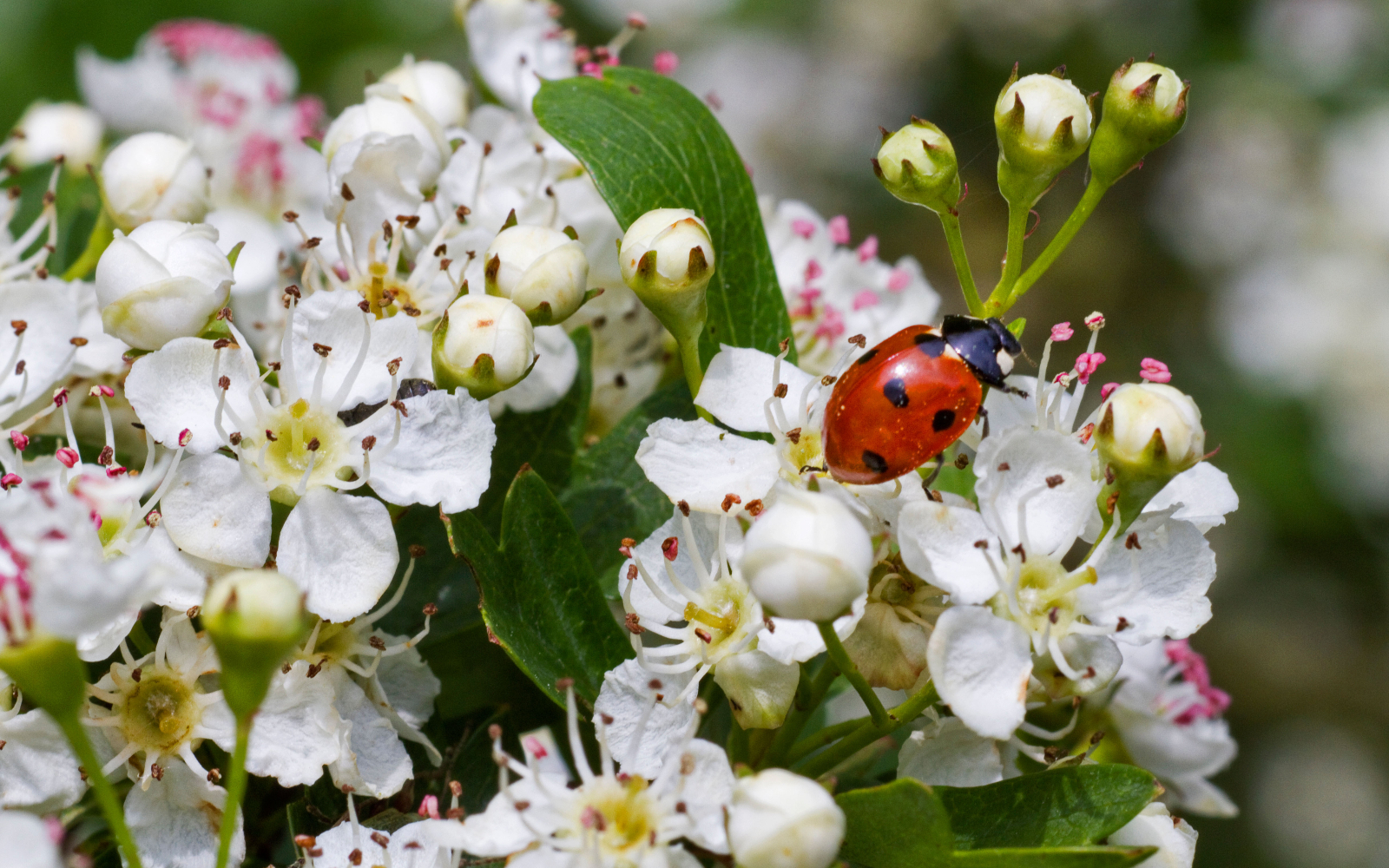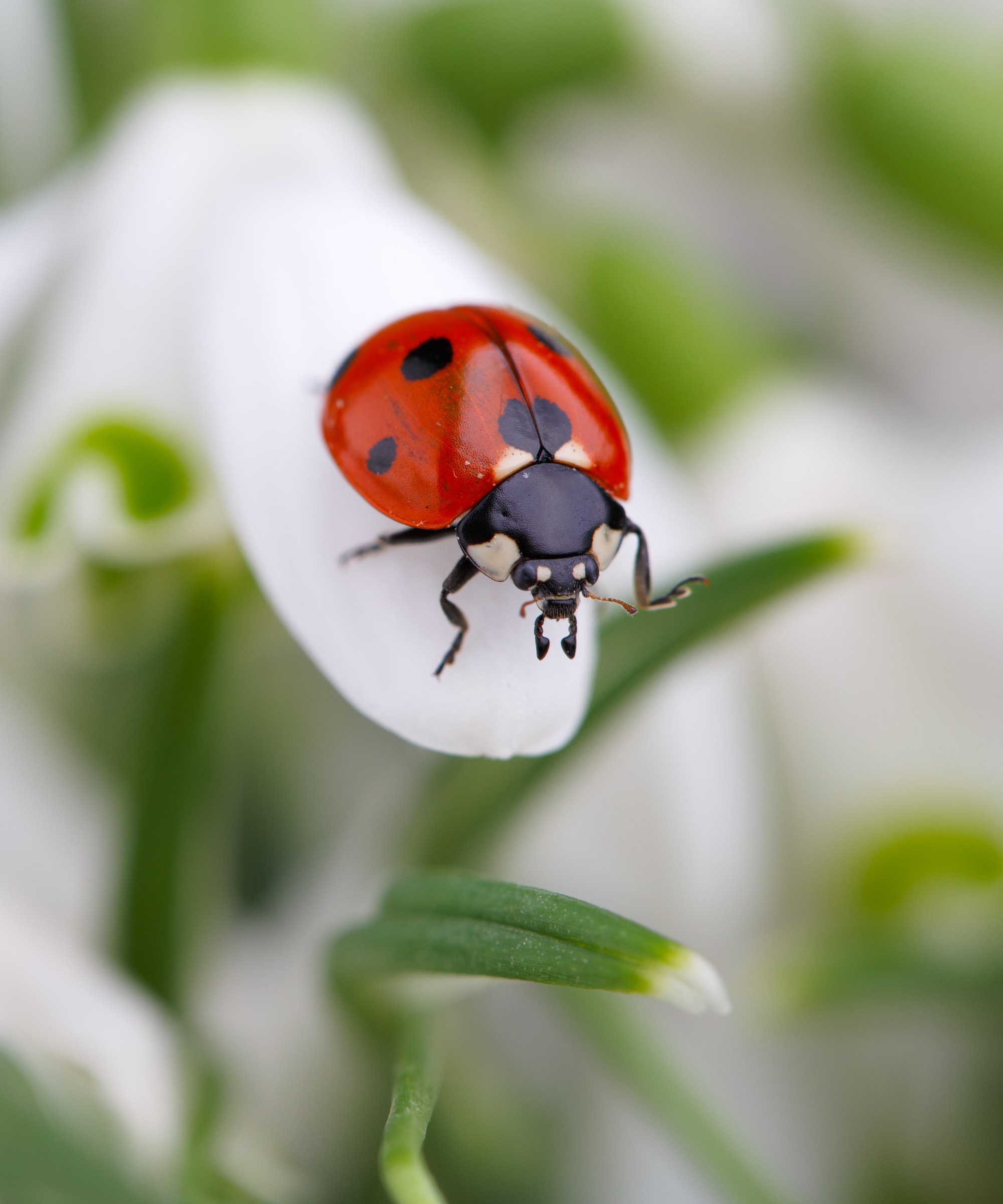How to get rid of ladybugs in your house – expert methods for quick success
Dealing with ladybugs is unlike any other insect control – here's what the experts suggest when faced with the creature this winter


Learning how to get rid of ladybugs in your house feels different from any other insect – most especially because this insect does not categorize like any other pest.
Unlike any other prominent 'pest' question – such as how to get rid of fruit flies and how to get rid of gnats, for example – ladybugs do not pose a threat to you or your home. Coming across this insect can be considered a blessing – meaning this insect is universally loved. With this aside, however, there is no escaping the fact that you may not want ladybugs to take over your home.
However beautiful and harmless you may find this creature, it is hard to admit that you may want to observe ladybugs inside your four walls. Therefore, in many cases, the ladybug is really no different than a common houseplant pest that you hope to deter from your interiors. Here's what the expert suggests – for effective removal, fast.
How to get rid of ladybugs in your house
'For only a few weeks in fall, ladybugs come into people's properties over winter. They do not damage a building or have any negative associations with the exception of producing a foul-smelling liquid which may stain fabrics when they are disturbed,' says Anna Mollins, an expert from Pest Fix.
Before beginning, however, it is important to try and treat the problem as humanely as possible. First, check if there are any cracks or openings that you can fix to prevent them from entering your home in the first place. Also, use pesticides as a last resort.
'If you are unable to stop them from entering, you can use pesticides. However, with the native British ladybug's species in danger from the hardier invasive Harlequin species, you risk having a negative impact on our native ladybugs,' Anna warns. Here's what you need to know about ladybug removal.

1. Consider a vinegar solution
You may have heard of the benefits of cleaning with vinegar, but the experts suggest this solution has a purpose beyond its conventional qualities.
'Vinegar is a natural and safe way to kill carpet beetles. It's also a cheaper option than purchasing expensive pesticides from the store,' says Reeko Curll, a pest exterminator at The Pest Control.
Though this method is effective, it comes with caution. 'Be warned that it can make your home smell like vinegar if you use too much or leave it on for too long,' Reeko says. However, there is a simple way to avoid this. 'Mix one cup of white distilled vinegar and mix with a little water in a spray bottle [such as this one from Amazon] and spray the mixture on the carpets, rugs, and furniture where you've spotted beetles,' the expert says.
2. Vacuum them away
'Vacuuming is another way of getting rid of ladybugs,' Reeko says. He recommends investing in the best vacuum cleaner with a hose attachment, turning on the cleaner, and carefully sucking the bugs into the bag.
'When you are done vacuuming, dispose of the vacuum cleaner bag in an outdoor trash can that has a lid or tie it off before tossing it away,' the expert adds.
3. Try diatomaceous earth
If you've read up on how to get rid of gnats in plants, you may already be aware of diatomaceous earth. This powdery substance will kill most insect pests on contact, including ladybugs, as Reeko suggests.
'It's made of tiny fossilized aquatic creatures called diatoms, which have razor-sharp edges. When the bugs come into contact with the dust, they die from dehydration,' he explains. 'You can buy diatomaceous earth at hardware stores or order it online [such as here on Amazon].'

4. Use a dustpan and brush
Perhaps the most humane way to get rid of ladybugs in the house is by simply sweeping them with a dustpan and brush and moving them back outside. Be as gentle as possible to not cause harm to these delicate insects.
Why do I have so many ladybugs in my house?
For several weeks over winter, you may spot an increase in ladybugs who are looking for warmth and shelter. You can get ahead of the surge by proofing any entry points that will stop them from coming in in the first place and addressing any small gaps and cracks around your windows and doors.
Do ladybugs lay eggs in houses?
No, ladybugs won't lay eggs in your home. Instead, they usually lay eggs on trees so the larvae can eat the leaves and seeds.
'Ladybugs are typically attracted to specific types of trees – like boxelder bugs are attracted to boxelder, maple, and ash trees – so they will often gravitate toward houses with those trees in or around their yards,' says Megan Wede from Done Right Pest Solutions.
Megan adds that ladybugs may also be attracted to a specific color or type of siding that emanates warmth from the sun.
Sign up to the Homes & Gardens newsletter
Design expertise in your inbox – from inspiring decorating ideas and beautiful celebrity homes to practical gardening advice and shopping round-ups.

Megan is the Head of Celebrity Style News at Homes & Gardens, where she leads the celebrity/ news team. She has a history in interior design, travel, and news journalism, having lived and worked in New York, Paris, and, currently, London. Megan has bylines in Livingetc, The Telegraph, and IRK Magazine, and has interviewed the likes of Drew Barrymore, Ayesha Curry, Michelle Keegan, and Tan France, among others. She lives in a London apartment with her antique typewriter and an eclectic espresso cup collection, and dreams of a Kelly Wearstler-designed home.
-
 How to clean a patio – 6 different methods, and when you must use a chemical cleaning agent
How to clean a patio – 6 different methods, and when you must use a chemical cleaning agentFrom manual scrubbing, natural solutions or calling in the pros, industry experts reveal the benefits and considerations of each method
By Andy van Terheyden Published
-
 Kris Jenner's favorite air fryer, the Ninja Crispi, is the perfect small kitchen solution – it deserves a place on the most compact of countertops
Kris Jenner's favorite air fryer, the Ninja Crispi, is the perfect small kitchen solution – it deserves a place on the most compact of countertopsKris approves of this compact yet powerful air fryer, and so do our own kitchen appliance experts, praising it for its multifunctionality
By Hannah Ziegler Published